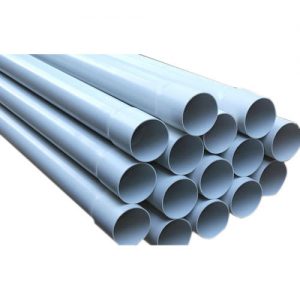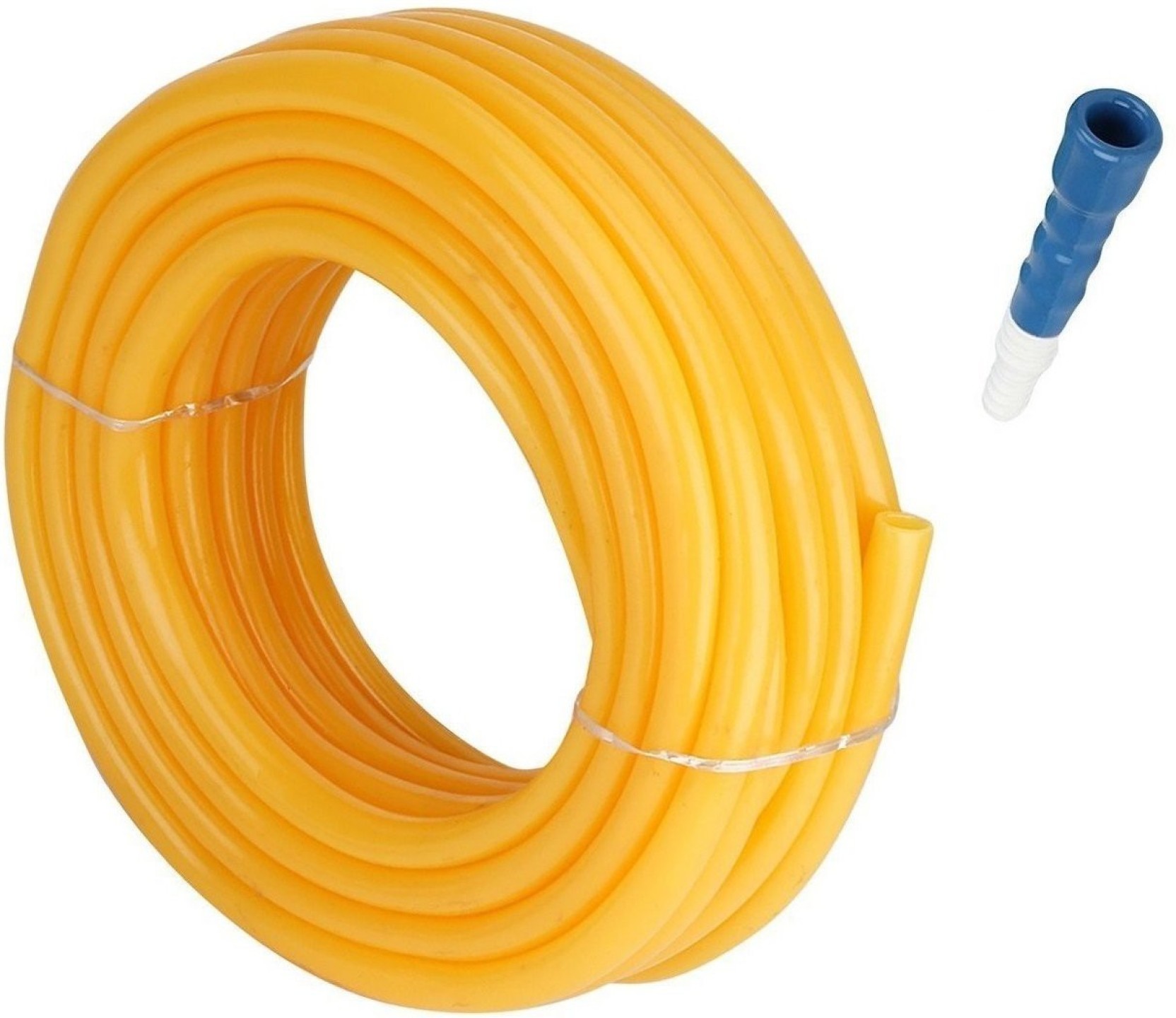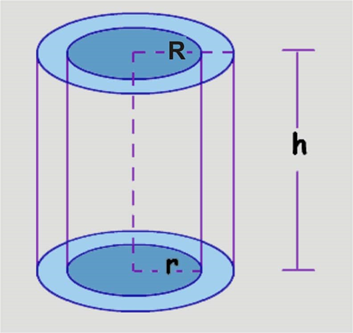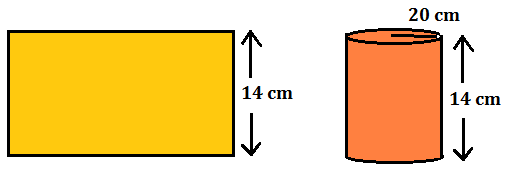Volume of a Cylinder: Definition
Volume of a Cylinder: Formula And Examples
A Cylinder is a three dimensional solid with a circular or oval cross-section and 2 parallel lines in between. The solid shape of the cylinder can hold liquid or solid substance that determines its volume. What is the volume of the cylinder and how can you determine it? What is the difference between the volume and surface area of a cylinder? Here is the formula to determine the volume of a cylinder and the examples that will help you understand it in a better way.
Volume of a Cylinder: Definition
The Volume of a cylinder is the amount or space that the cylinder can occupy in itself. In order to find the volume of a cylinder, you must know the radius and height of a cylinder. Most of the cylinders we observe in our daily life are right circular cylinders. For example, a tin, round pillars, tube lights, water pipes etc



Volume of a Cylinder: Formula
A cylinder has got a top and a base which are congruent and parallel to each other. Its lateral surface is also perpendicular to the base. In order to calculate the volume of a cylinder, let us take a cylinder with a radius of the base as 'r' and the height as 'h'.
 Thus, the volume of the cylinder is given by the product of the area of based and the height of a cylinder.
Thus, the volume of the cylinder is given by the product of the area of based and the height of a cylinder.
Volume of cylinder = area of base × height
Volume of cylinder = Πr² x h
Hence, the volume of the cylinder can be determined by the formula Πr²h cubic units.
Volume of a Hollow Cylinder
A hollow cylinder is characterized by a cylinder that is hollow from inside and contains a vacuum. The example of a hollow cylinder is a water pipe that is used to carry out water from one point to another. A hollow cylinder will have 2 radii- one outer radius and one inner radius. How to find the volume of a hollow cylinder? Let's take a look:

From the figure given above, a hollow cylinder is given with inner and outer radius as 'r' and 'R' respectively with the height 'h'. The volume of a hollow cylinder can be given by the formula;
V = Πh (R² - r²)
where π can be taken as 22/7 or 3.14.
Difference between Volume and capacity
Many of you might wonder the difference between two similar words namely Volume and capacity. There is not much difference between these two words. The main definition can be provided by:
(a) Volume refers to the amount of space occupied by a solid object.
(b) Capacity refers to the quantity that a container holds.
(b) Capacity refers to the quantity that a container holds.
Note: If a water tin holds 100 cm³ of water then the capacity of the water tin is 100 cm³. Capacity is also measured in terms of litres. The relation between litre and cm³ useful to solve various questions is:
- 1 mL = 1 cm³
- 1 L = 1000 cm³
- 1 m³ = 1000000 cm³ = 1000 L
Difference between Volume and Surface Area of Cylinder
The surface area of the cylinder is the total area occupied by the surface of the cylinder whereas the Volume determines the total amount the cylinder can occupy in itself. We already know the formula of the volume of the cylinder. The total surface area of the cylinder is determined by the formula:
A = 2πr2 + 2πrh
Volume of Cylinder: Examples
Example 1: Find the height of a cuboid whose volume is 275 cm³ and the base area is 25 cm².
Solution:
Volume of cylinder = area of base × height
Height of the Cylinder = Volume of Cylinder/ Area of base
Height = 275/25 = 11 cm
Example 2: A rectangular paper of width 14 cm is rolled along its width and a cylinder of radius 20 cm is formed. Find the volume of the cylinder.
Solution: A cylinder is formed by rolling a rectangle about its width. Hence the width of the paper becomes height and radius of the cylinder is 20 cm.

Height of the cylinder = h = 14 cm
Radius = r = 20 cm
Radius = r = 20 cm
Volume of Cylinder = Πr² x h
Volume = 22/7 x 20 x 20 x 14 = 17600 cm³
You can check more study notes for maths by clicking on the link given below:


Comments
Post a Comment